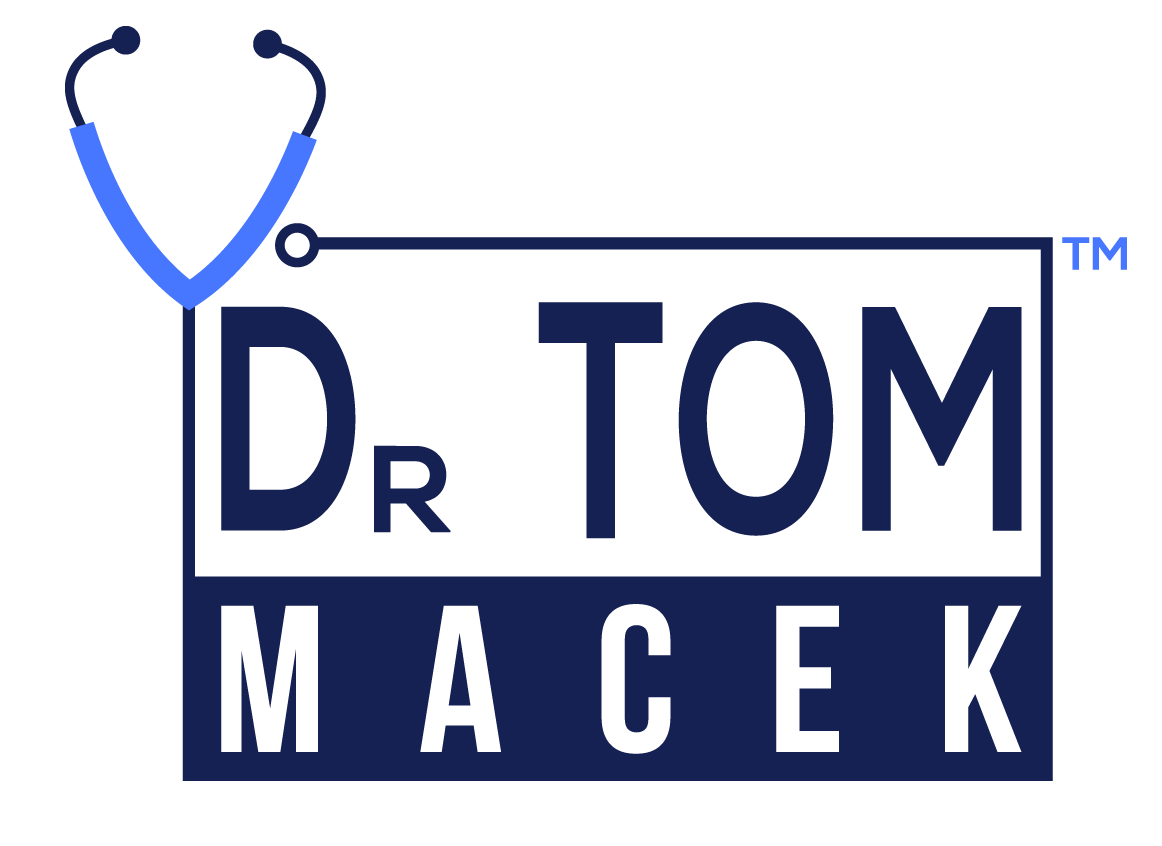3 Questions to Ask Before Taking Prescription Pain Relief Meds
/When a person is in pain, he or she quickly wants to get relief. For this purpose, they run and make a doctor appointment and get a magic slip of paper that’s a ‘Doctor’s prescription’.
Sometimes pain takes time to leave your body and this may be difficult for some poeple. Similarly, for every type of body and body pain, either acute or chronic, the medication is different with varying side effects from person to person. A dose of medicine is also a factor to consider as same dose given to one person can result in some minor symptoms like drooling, vomiting and drowsiness while for other person; the same dose may become a life-threatening issue.
Let’s first clear your mind about concept of opioids; they are narcotic painkillers, strong and extremely potent at treating pain with some potential to cause harmful effects on body. They are said to be highly controlled meds because if it’s not used under the care and supervision of doctor, things can get dangerous.
As compared to past, the presence of opioids in the United States has escalated as this medicine reduces the pain by acting as barrier for signals connecting brain and nervous system. In the past, its has been used to relieve pain, mostly confined to interim cases of severe pain like during rehabilitation period took place after surgical procedure or a traumatic injury that’s it to basically avoid long-term usage.
Initially, it is better to start prescriptions at low doses and by warning patients to not to consume alcohol or other drugs as they start making complexes with the components of opioids.
Having prescription pain meds, particularly a controlled substance like opioids, is like playing a hard ball and it's fundamental for every patient to ask these questions so your doctor can better execute your suffering in a safe and effective way.
What should you ask?
Question # 1: Why am I being prescribed an opioid medication — is it right for me?
- First the doctor should classify the nature of pain and what is the condition that causing pain?
- Sometimes pain can be resolved through adopting other ways like physical therapy, analgesic balms and by using non-opioid medications.
- Pain is not a diagnosis; it is merely a symptom, so the doctor should do correct diagnosis (cause of pain) to make the finest treatment possible.
- Understanding of goal by both the patient and physician, it has two aspects; one is to get relief from pain and other is a notable betterment in function. If the criteria of the goal could not be achieved from the current opioid prescriptions then ask for a non-opioid option that could aid in pain relief.
- Have a follow-up appointment with your doctor to discuss how well treatment is going with the lowest dose of opioids.
Question # 2: What are the side effects of taking this medication?
- Watch out for possible risks of having opioid medication.
- Patients should know about possible risk factors specifically with opioids long-term usage.
- The physician should consider health status of the patient, addiction history, and consumption of other drugs, pregnancy, and other health disorders to make a safe and effective treatment plan for you.
- Always make yourself that much smarter to identify serious changes happened right after taking medicine.
Question # 3: Are there any alternative treatment options available?
- Back pain and other minor body pain do not require an opioid to make you better.
- Severe chronic pain may be treated with conventional ways like analgesic balms, physical therapy, and OTC drugs.
It doesn’t matter who is writing your prescription; make sure to have a conversation with your doctor before giving a go-ahead for opioids.
If you want to relieve pain naturally Book an Appointment with Dr. Tom, also check out RetroGen Pain products.



